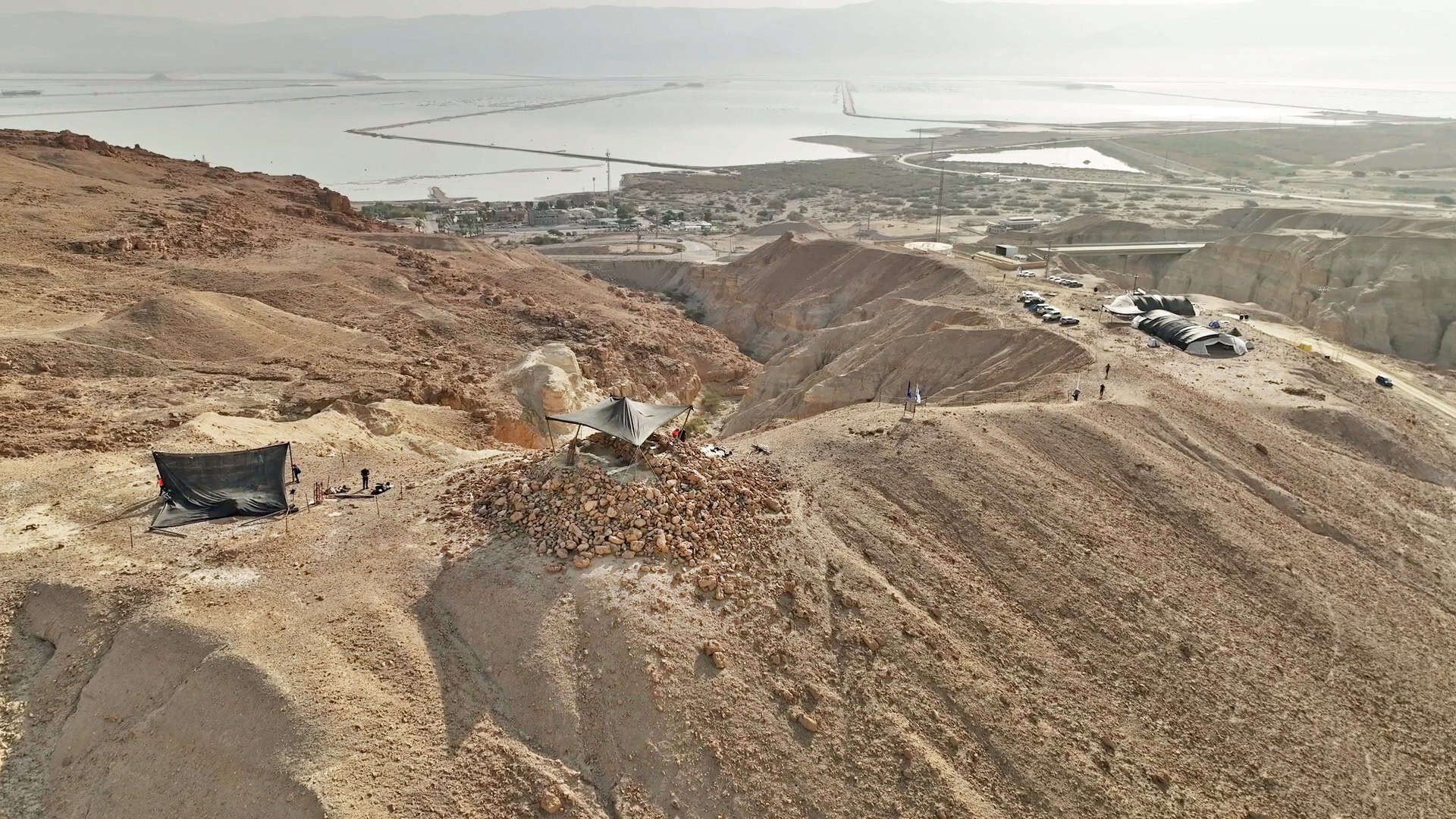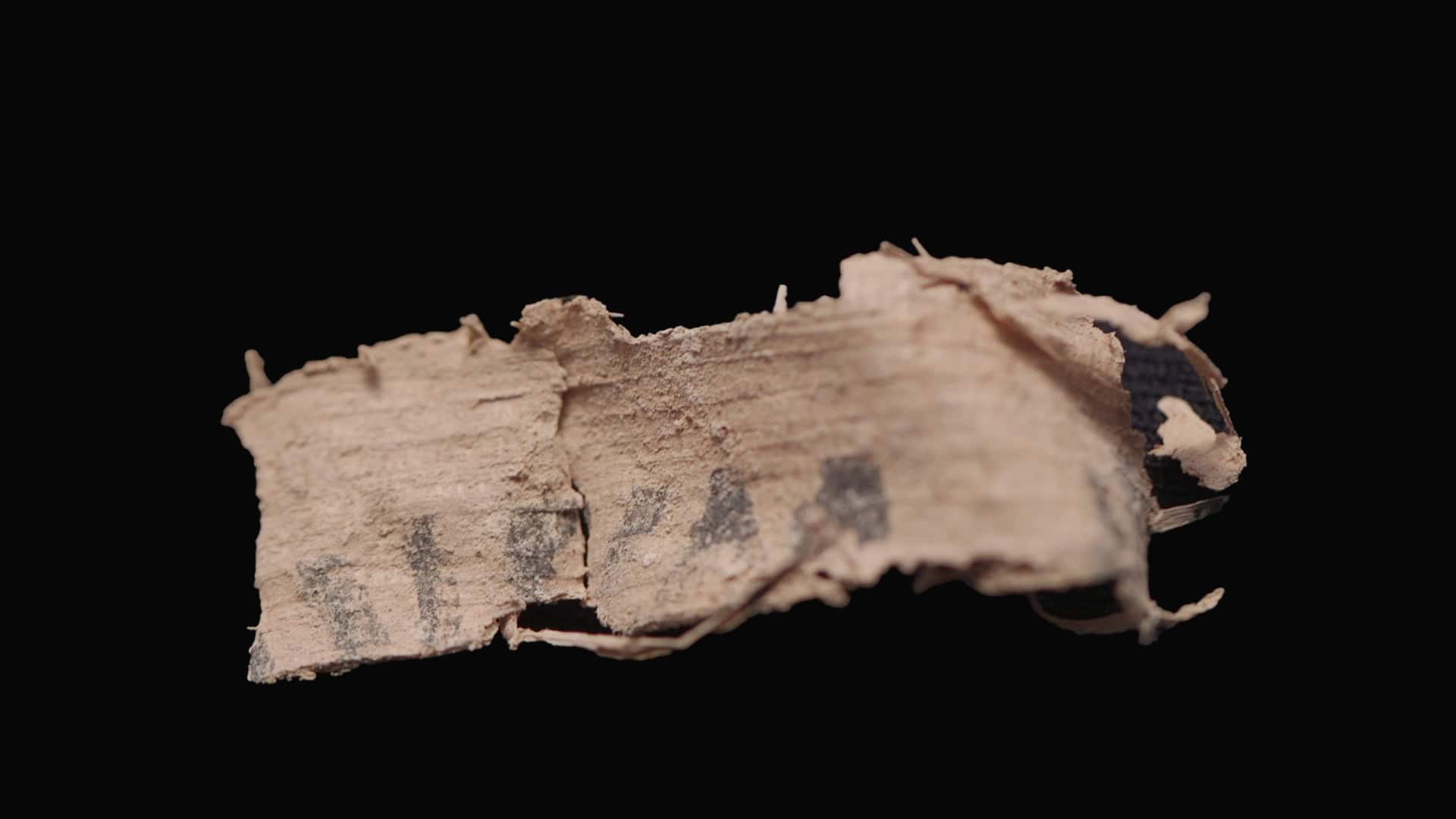Historic Hellenistic-Era Discoveries Unearthed in Israel’s Judean Desert including a mysterious pyramid-shaped structure

In the Judean Desert, near Nahal Zohar, one of the richest, most intriguing archaeological excavations ever conducted in Israel is currently underway – revealing extraordinary finds that offer a rare glimpse into the Hellenistic period.
Among the remarkable discoveries: a mysterious pyramid-shaped structure, an ancient waystation, Greek papyrus documents, bronze coins from the reigns of the Ptolemies and Antiochus IV, ancient weapons, 2,200-year-old wooden furniture, colorful textiles, jewelry, buttons, cooking utensils, and more – all exceptionally well-preserved thanks to the region’s dry desert climate.
Led by the Israel Antiquities Authority in collaboration with the Ministry of Heritage, and supported by hundreds of local volunteers, this excavation is considered one of the most important archaeological initiatives in the country in recent years.
According to excavation directors Matan Toledano, Dr. Eitan Klein, and Amir Ganor of the Israel Antiquities Authority:
“This is one of the most complex, rich, and fascinating excavations ever conducted in the Judean Desert. Even in the first week, rare and meaningful discoveries have been made – reflecting everyday life here over two millennia ago. The site is full of promise and surprises, with each day revealing new layers of its historical story.”

The finds are changing our historical understanding of the site: while previously thought to date back to the First Temple period, it now appears that the structure was built during the Hellenistic era – possibly as a lookout over a major trade route, a monumental burial site, or a ceremonial landmark.
Eli Escusido, Director of the Israel Antiquities Authority, adds: “The Judean Desert Survey is one of the most significant and comprehensive archaeological undertakings in the history of the State of Israel. These discoveries not only inspire great excitement, but also mark a major step forward in understanding the ancient past of our land. Just before Passover, and with spring beginning – it’s the perfect moment to connect with our roots and rediscover history.”
Read more – Latest



